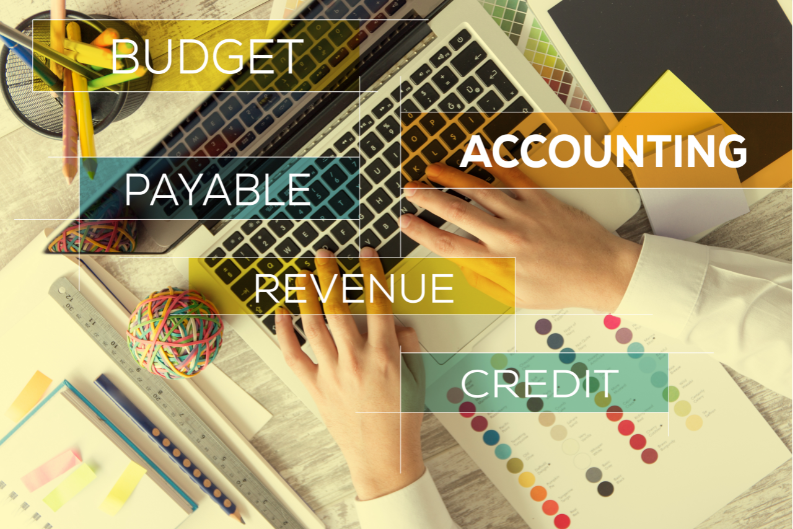How to Use Visual Basic for Excel Automation

Do you ever find yourself doing the same tasks over and over in Excel? Maybe you’re making reports or sorting data. This can get boring and take a lot of time. VBA, which stands for Visual Basic for Applications, is here to help with this problem. It’s a programming language made by Microsoft. One cool thing about VBA is that it lets you automate those repetitive tasks in Office apps like Excel. Our article will show you how to start using Visual Basic for automating your work in Excel. You’ll learn how to make your first macro, handle errors, and even use advanced techniques. Get ready to save time with VBA! Getting Started with VBA in Excel To start using VBA in Excel, first activate the Developer Tab. This tab opens up the Visual Basic Editor, where you can write and run your code. Activating the Developer Tab Activating the Developer Tab in Microsoft Excel lets you access many powerful tools. This is a key first step for using Visual Basic for Applications (VBA) to automate tasks. Open Microsoft Excel on your computer. Click on the FILE tab at the top left corner of your screen. Select “Options” from the menu on the left side. A new window called “Excel Options” will pop up. Look for “Customize Ribbon” on the left panel of this window. You will see two columns in the Customize Ribbon area. On the right column, find “Main Tabs.” Scroll through this list until you find “Developer.” Check the box next to “Developer”. Click OK at the bottom of the Excel Options window. Now, you have activated the Developer Tab in Microsoft Excel. This tab includes tools like “Record Macro,” which lets you start automating tasks with VBA quickly and easily. You can also access more advanced features through this tab as you grow your skills with macros and VBA programming in Excel. Overview of the VBA Editor Interface The VBA Editor is a tool you get to by using the ALT + F11 shortcut or clicking on the Developer tab. This space is where you write and change your code. It has parts like a project window that shows all your work files, and a big area for typing your code. You also find windows for properties where you can see details about what you’re working with. This editor makes it easy to create macros in Excel. You can see your work step by step, use tools to find mistakes, and make your code better before using it in Excel spreadsheets. It’s designed for both new coders and pros who want to automate tasks fast and efficiently. Basics of VBA Programming In VBA programming, you get to control Excel in a way that goes beyond simple spreadsheets. You learn to work with items like text boxes and commands, figuring out how they interact through rules and steps. Understanding the Object Model The object model in VBA is like a tree. At the top, we have the Application object. Think of it as the big boss in Word. Then, we get to the Document object that sits right below it, kind of like its trusted assistant. Inside this document, there are Paragraph objects; these are like workers doing their specific jobs within. This setup helps us talk to Excel through VBA. We start from the top and go down step by step to find what we need. Want to change something in a paragraph? First, chat with Application, then Document, and finally get down to Paragraph. It’s simple once you see how things line up – like picking a path through a forest where each tree is an object waiting for instructions on what to do next. Working with Properties and Methods Working with properties and methods in VBA for Excel lets you control parts of your spreadsheet software with code. For example, the line Application.ActiveSheet.Range(“A1”).Select makes Excel focus on cell A1. This uses the Range object, a basic part of Excel VBA that deals with groups of cells. Properties are like facts about something: they tell you what it looks like or where it is. Methods are actions; they do things like save or select. You can also use Application.ActiveDocument.Save to keep changes in Word documents. This shows how properties and methods work not just in Excel but across different Office applications like MS Word and Outlook. They help automate tasks by setting properties (like which cell to look at) and using methods (to actually look there). It’s about giving commands: “Go here, do this.” And by using loops or if statements, your macros become smarter, doing more work automatically. Creating Your First Macro Starting with macros in Excel opens up a whole new way to automate tasks. First, you use the record function to capture steps, then tweak those steps in the editor for precision work. Recording a Macro Recording a macro in Excel is easy. You can automate tasks with just a few clicks. Here’s how: Open Excel. Click on the “Quick Access Toolbar.” Choose “More Commands” from the menu. Select “Customize Quick Access Toolbar” on the left side. Find the “Choose commands from” drop-down menu. Pick “All Commands.” Scroll down and click on “Record Macro…” Hit the “Add >>” button. Press “OK.” The Record Macro button now shows up in your Quick Access Toolbar. Click on the newly added Record Macro icon. A box pops up asking for details about your macro. Type in a name for your macro, like MACRO1, but don’t use spaces or special symbols. For storage, pick “This Workbook” to use your macro in the current file only. If you want a shortcut, choose a letter under “Shortcut key.” This lets you run your macro with a quick keyboard command. Write what your macro does in the “Description” box if you like – it’s optional! Click “OK” to start recording what you do in Excel. Perform the actions you



